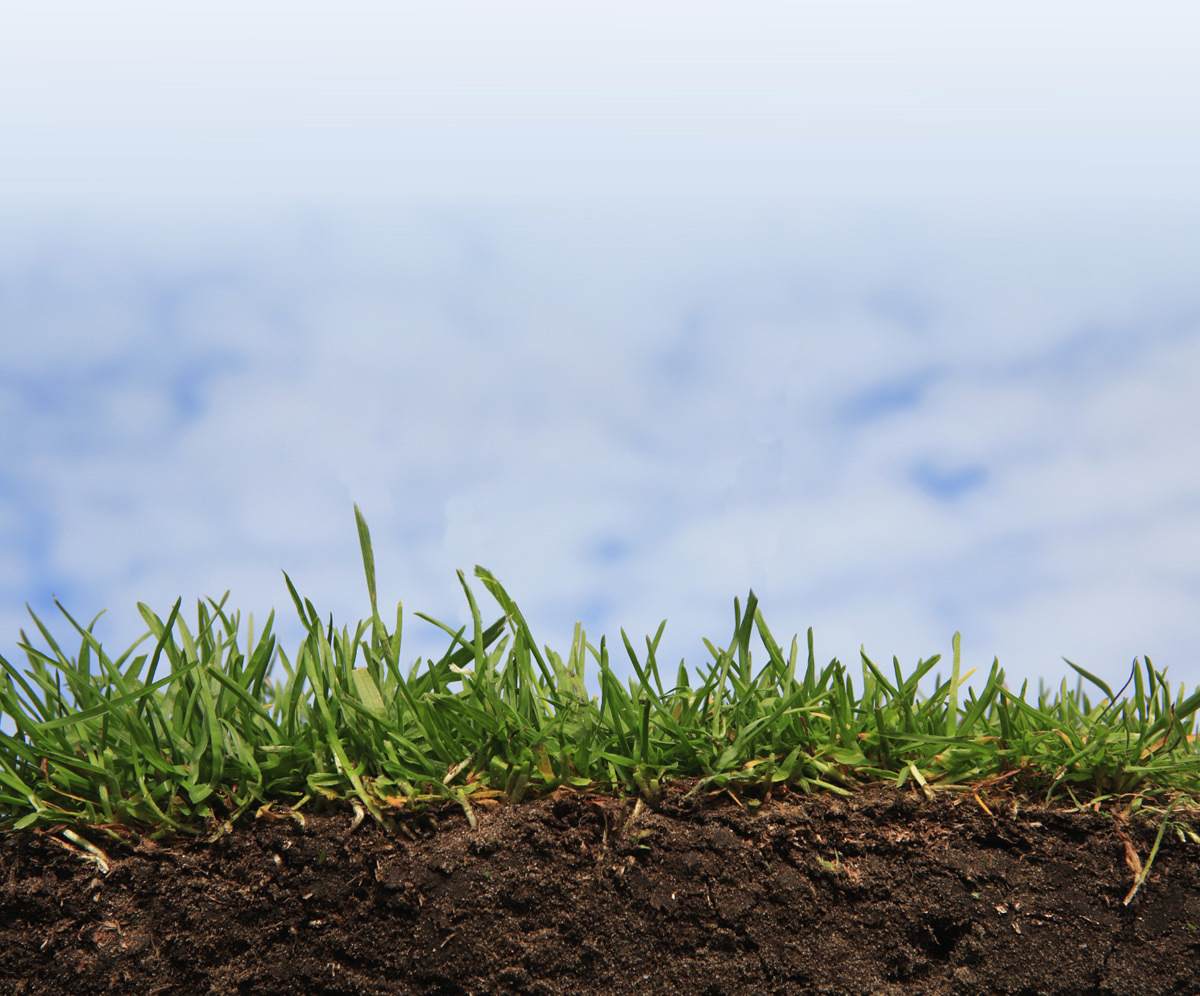Composting process and uses for compost
Open windrow composting
Windrow composting is used for processing garden waste, such as grass cuttings, tree timber, pruning and leaves in an open air environment where the material can break down in the presence of oxygen.
Windrow composting cannot be used to process organic materials which include catering and animal wastes as these have to be processed via in-vessel composting (IVC) or anaerobic digestion (AD) due to their Animal By-Products Regulations (ABPR) categorization. There is no food waste in Olus compost and is made with just Organic garden waste, oxygen, water and hard work.
The Basic Commercial Composting Process
The process of windrow composting is relatively simple.
• All garden and green arisings are deposited in the shredding yard where they are sorted to remove any contamination which is not suitable for the composting process.
• The remaining materials is then put through a large industrial shredder which reduces the size of the material, increases the surface are whilst homogonising the constituents.
• Depending on the moisture of the material, water is added at this stage to maitain a 60% moisture content.
• Once the material has been shredded, the material is placed into a large prism shaped piles known an windrows this is when the composting process really begins.
There are three main phases of composting:
1) The Sanitisation Phase (Weeks 1 &2)
2) The Stabilisation Phase (weeks 3 to 10)
3) The Maturation Phase (weeks 11 to 12)
Sanitisation Phase- High temperature between 65 - 80ºC must be maintained to kill off weed seed and pathogens.
The material now begins to heat up naturally as it begins to compost. At this stage, monitoring of both temperature and moisture content commences on a daily basis. During this phase the temperature of the compost must be kept over 65 degrees Centigrade for a minimum of 7 consecutive days. The heat is generated by the microbes and bactria that break the garden waste down.
During this 2 week sanitisation phase, the compost is turned a minimum of two times to maintain aerobic decomposition through out the windrow.
Stabilisation Phase - a further 7 weeks of actively managed composting, where temperatures are maintained at >55 degrees C.
Temperature and moisture levels of the composting are continued to be monitored once a week during this phase. The compost is also turned at least 6 more times. After a minimum period of 12weeks of composting, turning and monitoring, the compost is ready for screening to remove all the uncomposted oversize fraction.
The compost is screened to various grades depending on the final use or application of the compost.
Maturation Phase
After screening, the compost is stored in stock piles where it matures for a minimum of two weeks before it can be used to fertilise gardens and farmers fields across the country.
End uses
Compost can be applied in a range of end uses, within gardens, on Brownfield sites, landscaping and full scale agriculture.
The screening grades the products to between 0mm and 30mm particles which, dependent on grade, can then be used as soil improver, mulch, topsoil constituent, turf dressing, and growing medium. Olus bag there own compost and supply to over twenty retail outlets throughout Sussex, this is marketed as Easi- Grow, Olus can also deliver in bulk bags or in bulk quantities anywhere in the UK, you can order one cubic meter or one thousand cubic meters at a time, Olus pride themselves that no job or customer is to small or two big and have supplied major developments with several thousand meters of quality compost or just a 40litre bag for someone’s back garden or allotment.
Sports turf applications
Grounds Managers, Grounds Men and Green Keepers across the UK are increasingly turning to compost as a practical, sustainable and cost-effective solution for all kinds of turf care and landscaping needs. Olus do a range of mixed Rootzone and Top dressings to suit all kinds of applications and requirements.
Compost can be used in a variety of situations including sports grounds, athletics fields and golf courses for a number of ground care applications including turf establishment, topdressing and divot repair. Olus can come and do a site inspection and advise you on what requirements or products we can supply to meet your needs.
Benefits of using compost for turf care and landscaping needs
There are many benefits associated with using compost for turfcare:
- Reduced need for inorganic fertilizers - compost contains slow release nitrogen and many other key nutrients, including potassium and phosphorous
- Faster turf development - without leading to excessive growth
- A full analysis of the compost can be provided
- Improved turf density and color - encouraged by slow release nitrogen, iron and magnesium
- Improved soil drainage
- Increased water holding capacity - leading to cost and labor savings related to irrigation
- Reduced nutrient leaching - unlike sand-based dressings, compost can retain nutrients and make them available to the turf for a longer period. Grass, therefore, remains green without excessive growth, or increased mowing frequency
- Reduced soil compaction - compost helps to improve the structure of soil
- Plant disease suppression - compost contains beneficial micro-organisms which can suppress many turf grass diseases including Fusarium patch (Microdochium nivale), red thread (Laetisaria fuciformis), and brown patch (Rhizoctonia solani), particularly when applied as a top dressing or a root zone amendment
Environmental benefits
As well as providing many direct benefits to the soil and turf to which it is applied, compost produced from recycled garden waste also makes financial and environmental sense. Disease suppressive effects also allow for the reduced use of herbicides, and improved soil structure accounts for less erosion.








